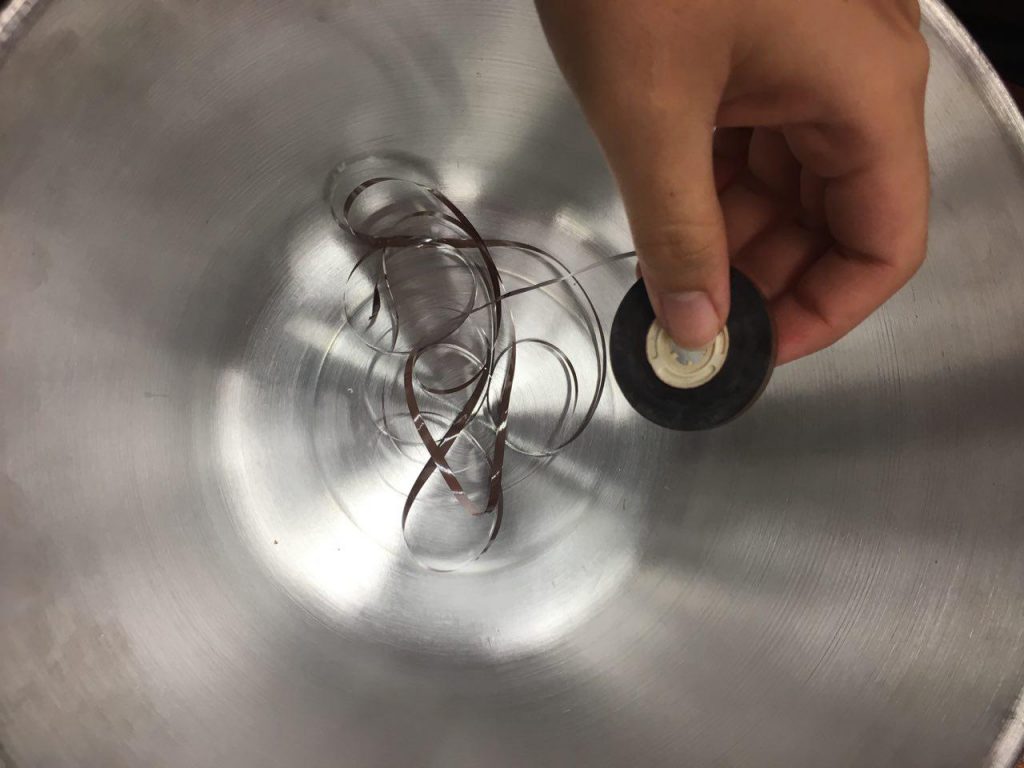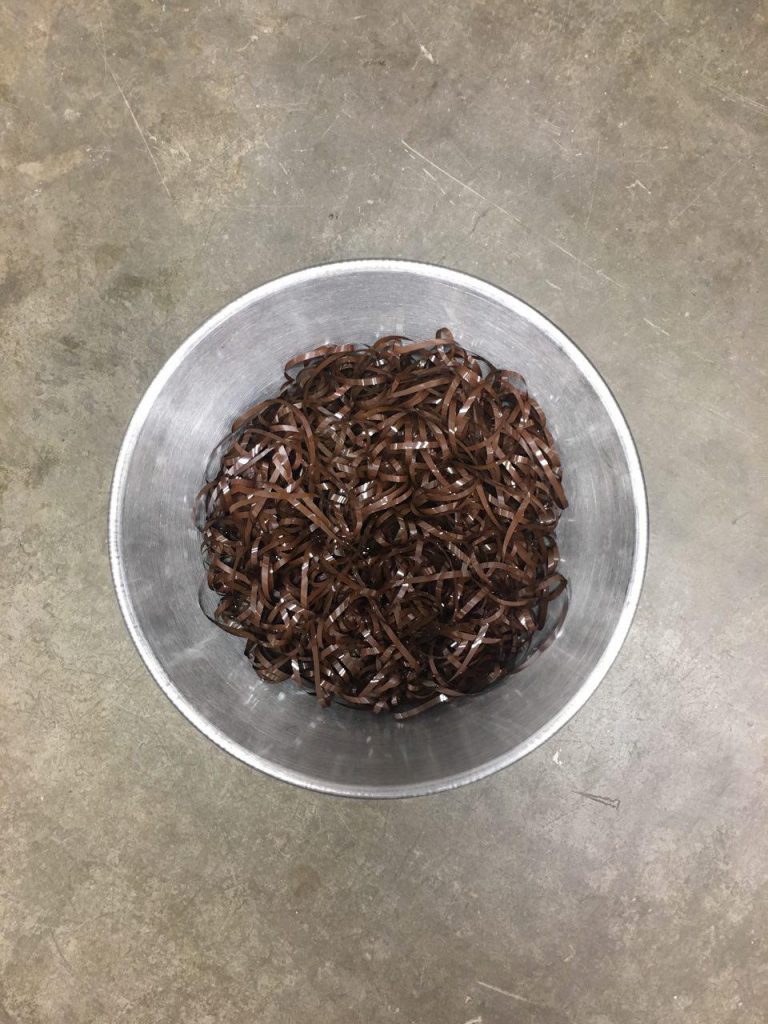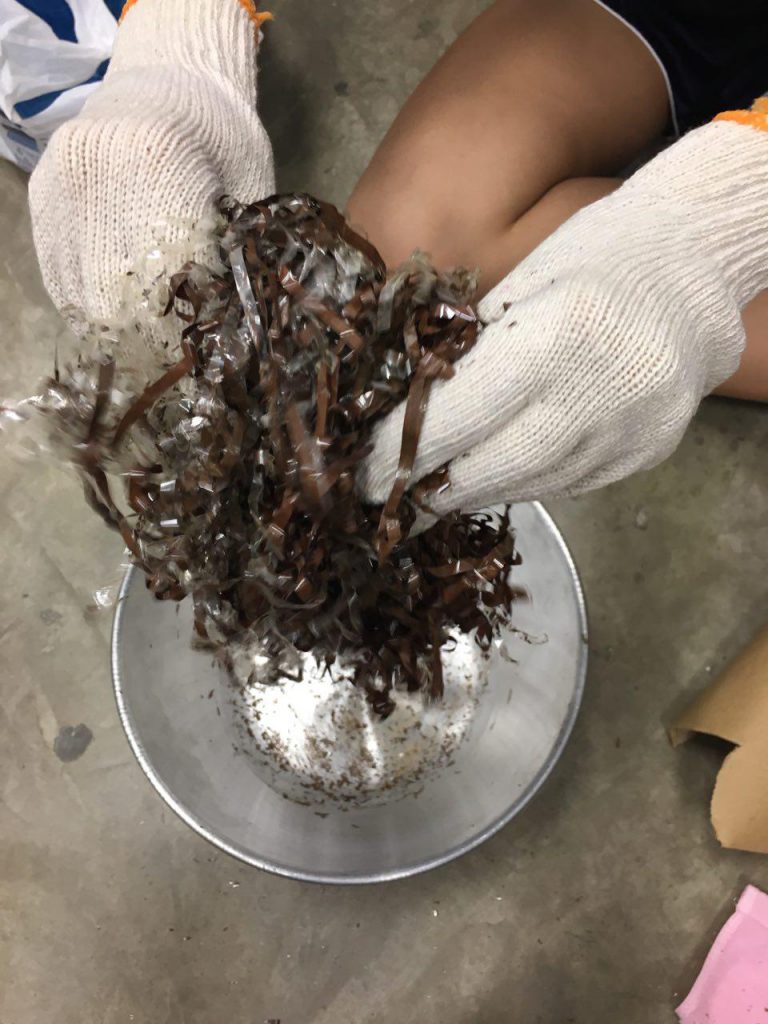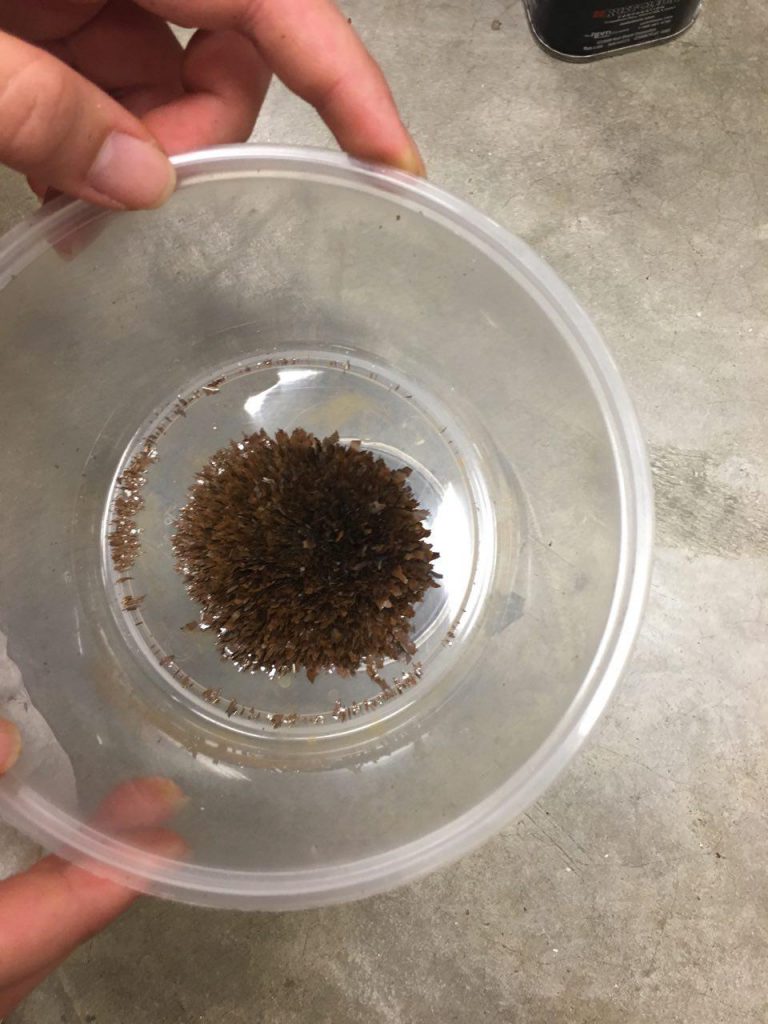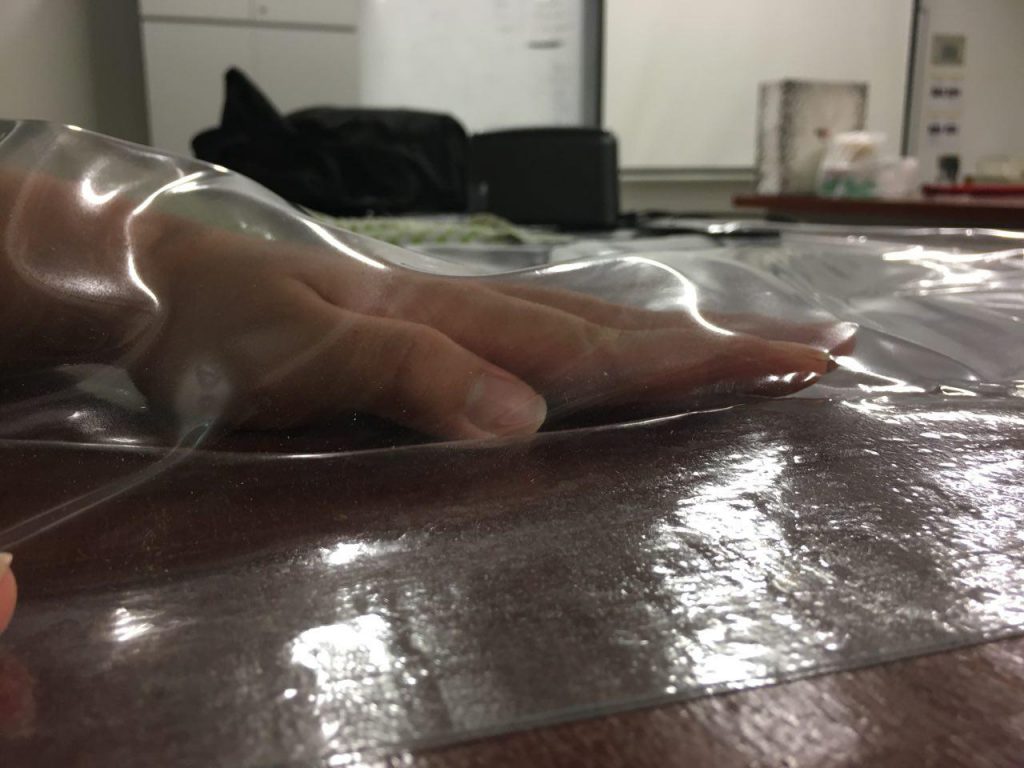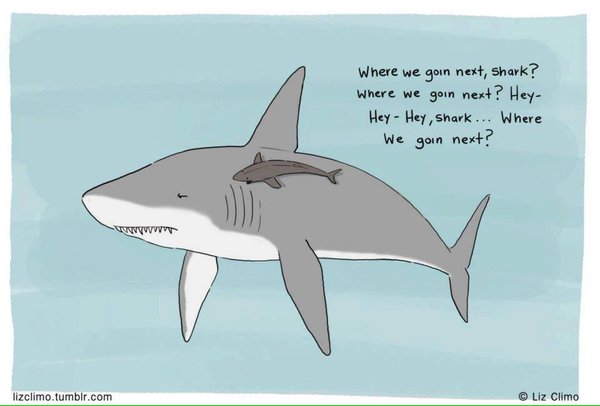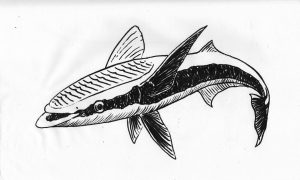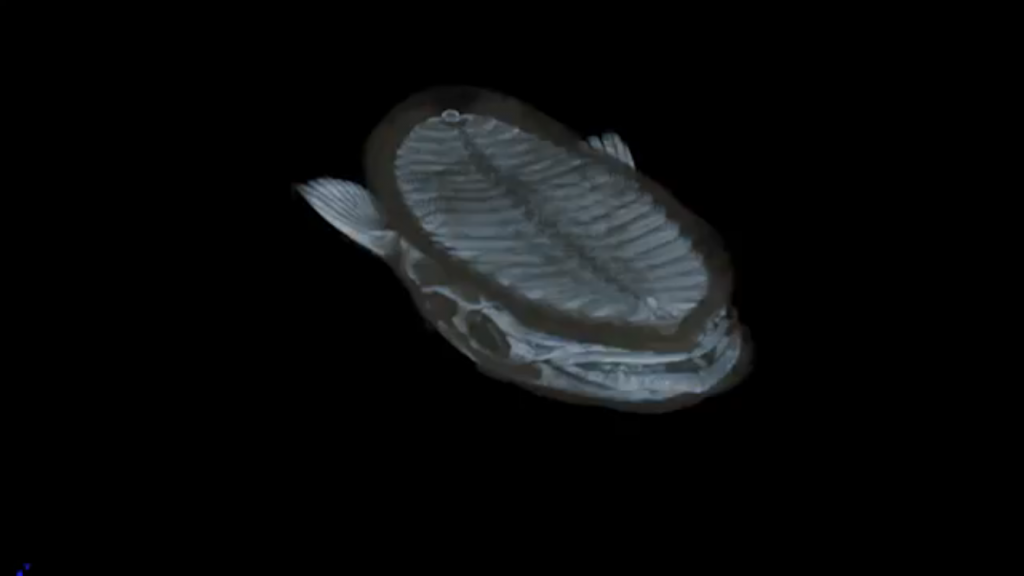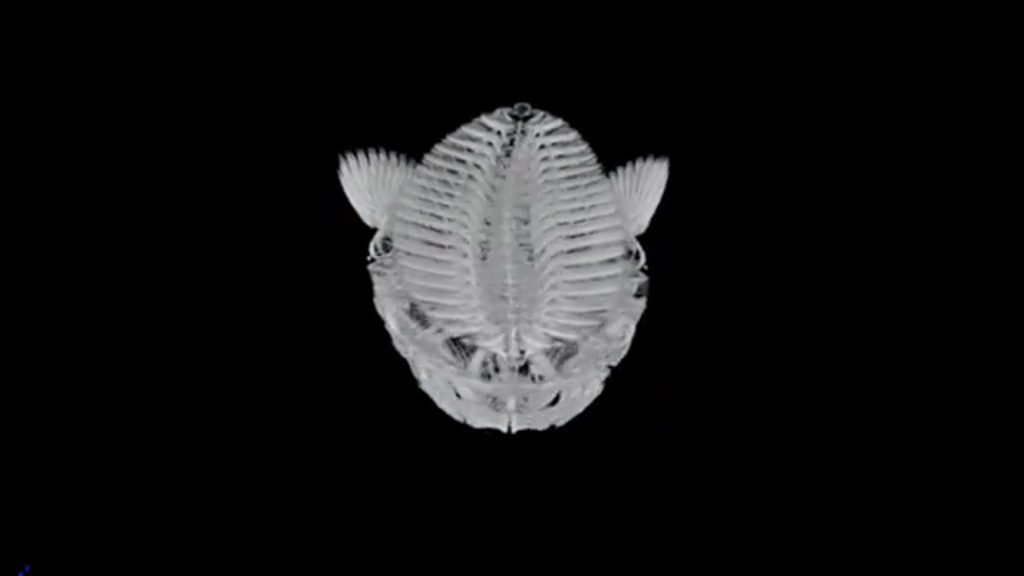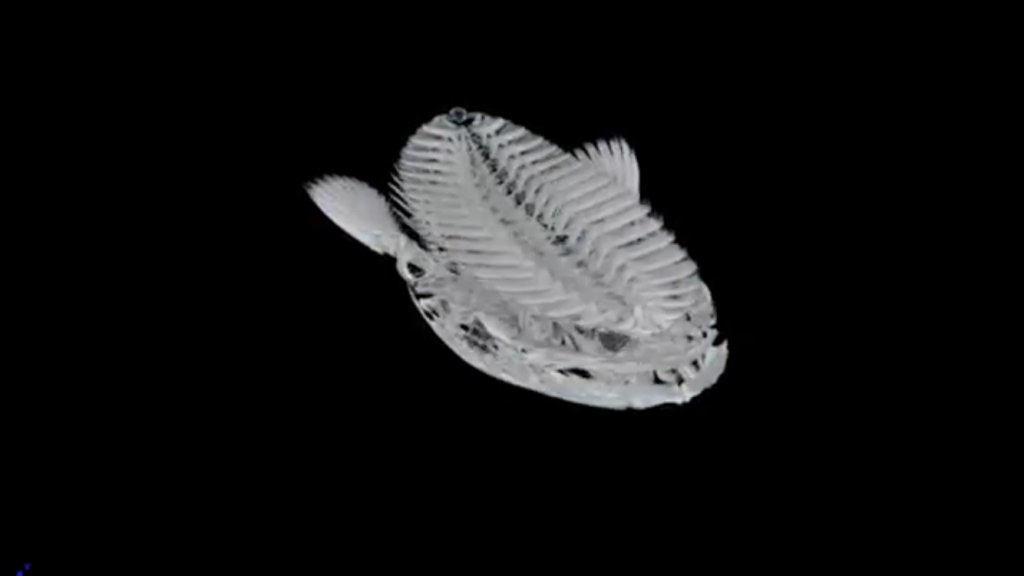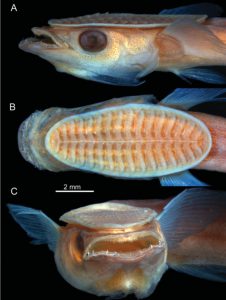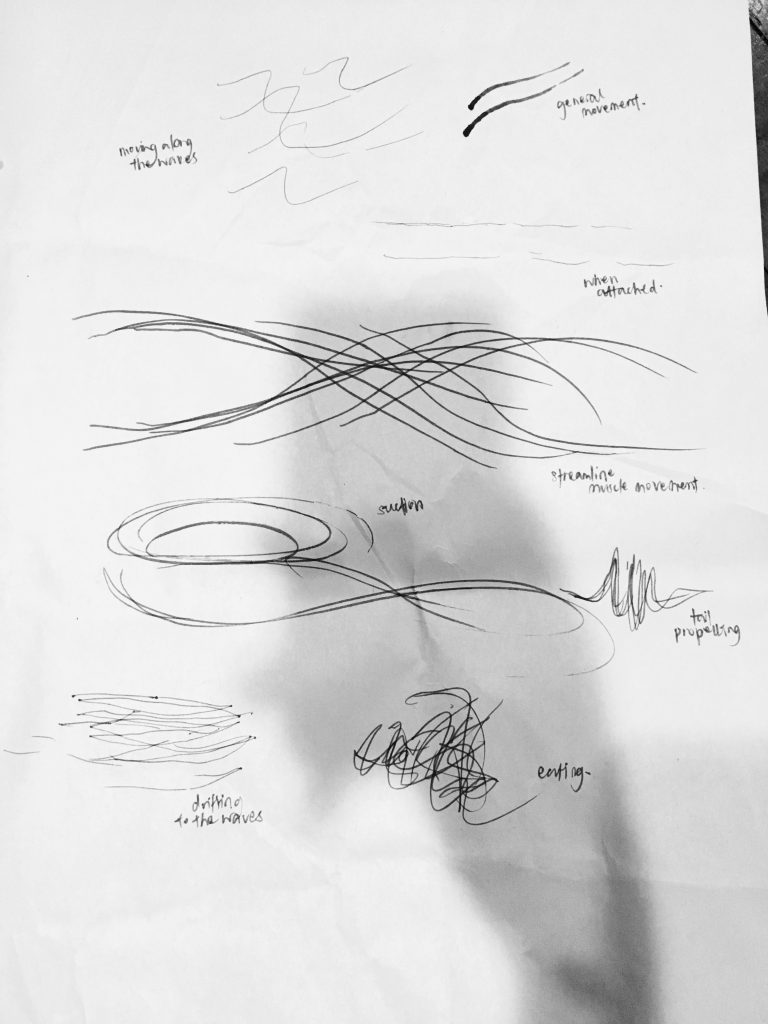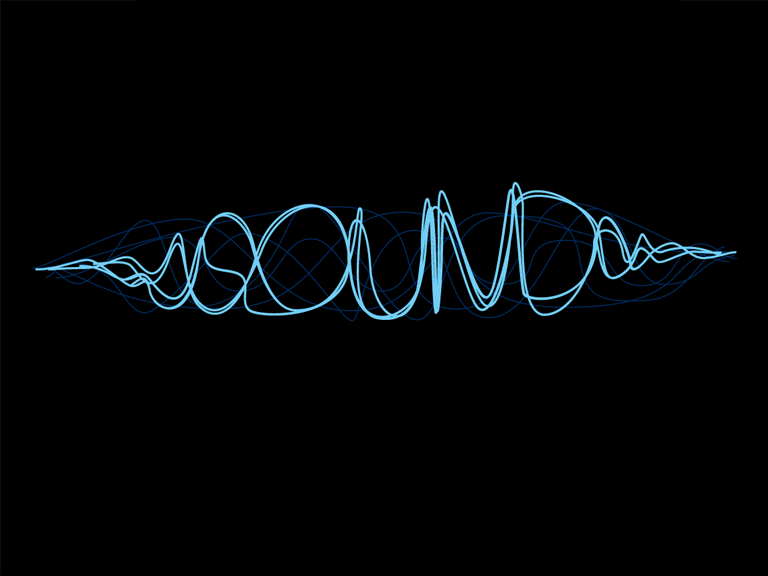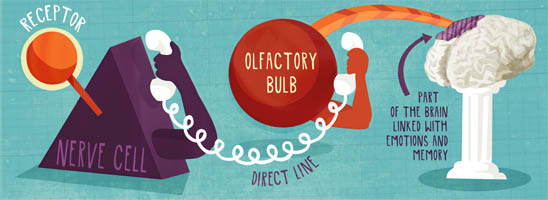UNDERSTANDING SOUND
produced by continuous and regular vibrations, as opposed to noise.
vibrations that travel through the air or another medium and can be heard when they reach a person’s or animal’s ear.
How do Humans Hear & Feel
How Hearing Works?
To hear sound, the ear has to do three basic things:
- Direct the sound waves into the hearing part of the ear
- Sense the fluctuations in air pressure
- Translate these fluctuations into an electrical signal that the brain can understand
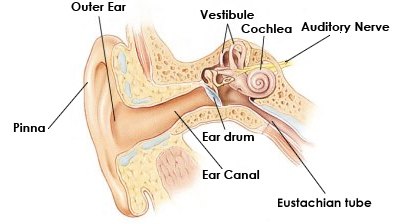
The pinna, the outer part of the ear, serves to “catch” the sound waves. Human outer ear is pointed forward and it has a number of curves. The structure of the ear helps us determine the direction of the sound.
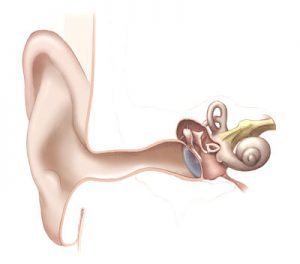
The eardrum is the entire sensory element in the human ear.
Once the sound waves travel into the ear canal, they vibrate the tympanic membrane, commonly called the eardrum.
The eardrum is rigid, and very sensitive. Even the slightest air-pressure fluctuations will move it back and forth. It is attached to the tensor tympani muscle, which constantly pulls it inward. This keeps the entire membrane taut so it will vibrate no matter which part of it is hit by a sound wave.
The compressions and rarefactions of sound waves push the drum back and forth. Higher-pitch sound waves move the drum more rapidly, and louder sound moves the drum a greater distance.
Interesting finds
Human pinnae are not so adept at focusing on sound.
They lay fairly flat against the head and don’t have the necessary muscles for significant movement.
But you can easily supplement your natural pinnae by cupping your hands behind your ears.
By doing this, you create a larger surface area that can capture sound waves better.
Information adapted from:
http://health.howstuffworks.com/mental-health/human-nature/perception/hearing1.htm
Did you know we can feel sound?
A new study shows that the skin could help us hear by ‘feeling’ sounds.The act of hearing is a group effort for the human body’s organs, involving the ears, the eyes and also, the skin.
In 1976, scientists discovered the importance of the eyes to our sense of hearing by demonstrating that the eyes could fool the ears in a peculiar phenomenon named the McGurk effect. When participants watched a video in which a person was saying “ga” but the audio was playing “ba,” people thought they heard a completely different sound—”da.” Now, by mixing audio with the tactile sense of airflow, researchers have found that our perception of certain sounds relies, in part, on being able to feel these sounds.
Interesting finds
The feel of sounds could be exploited in devices for groups such as the hearing impaired.
This additional tactile stimulus could help the person wearing the device perceive sounds. A similar concept could aid pilots in their noisy work environments.
Information adapted from:
https://www.scientificamerican.com/article/skin-hearing-airflow-puff-sound-perception/
FROG vs HUMAN
With respect to sense of hearing
A frog’s ear drum, just like a human’s ear drum, is a membrane that is stretched across a ring of cartilage like a snare drum that vibrates.
The frog’s tympanum (an external hearing structure) is found behind its eyes. Not used to hear, but to transmit sound waves to the inner ear. This structure helps protect the frog underwater.
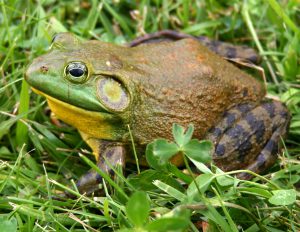
Male N. American bullfrog, with large tympanum or eardrum. (Photo: Wiki Commons).
Information adapted from:
http://infinitespider.com/frogs-make-sound-hear/
P.S. For the previous submission, short video and graphs have been put up pls go check it out 
 We were so scared we put on gloves, goggles, masks and we did it at a relatively safe outdoor environment.
We were so scared we put on gloves, goggles, masks and we did it at a relatively safe outdoor environment.

